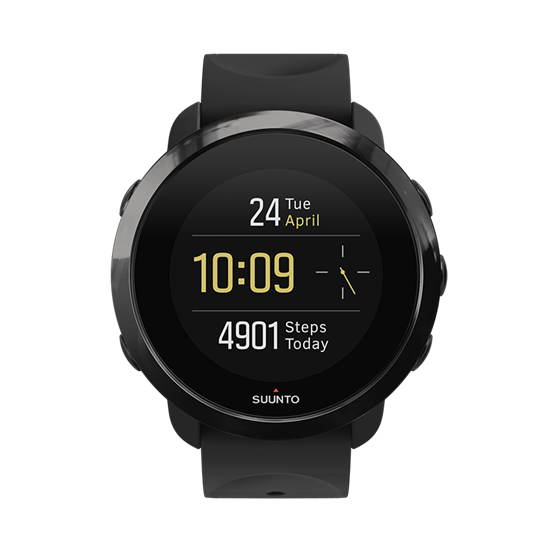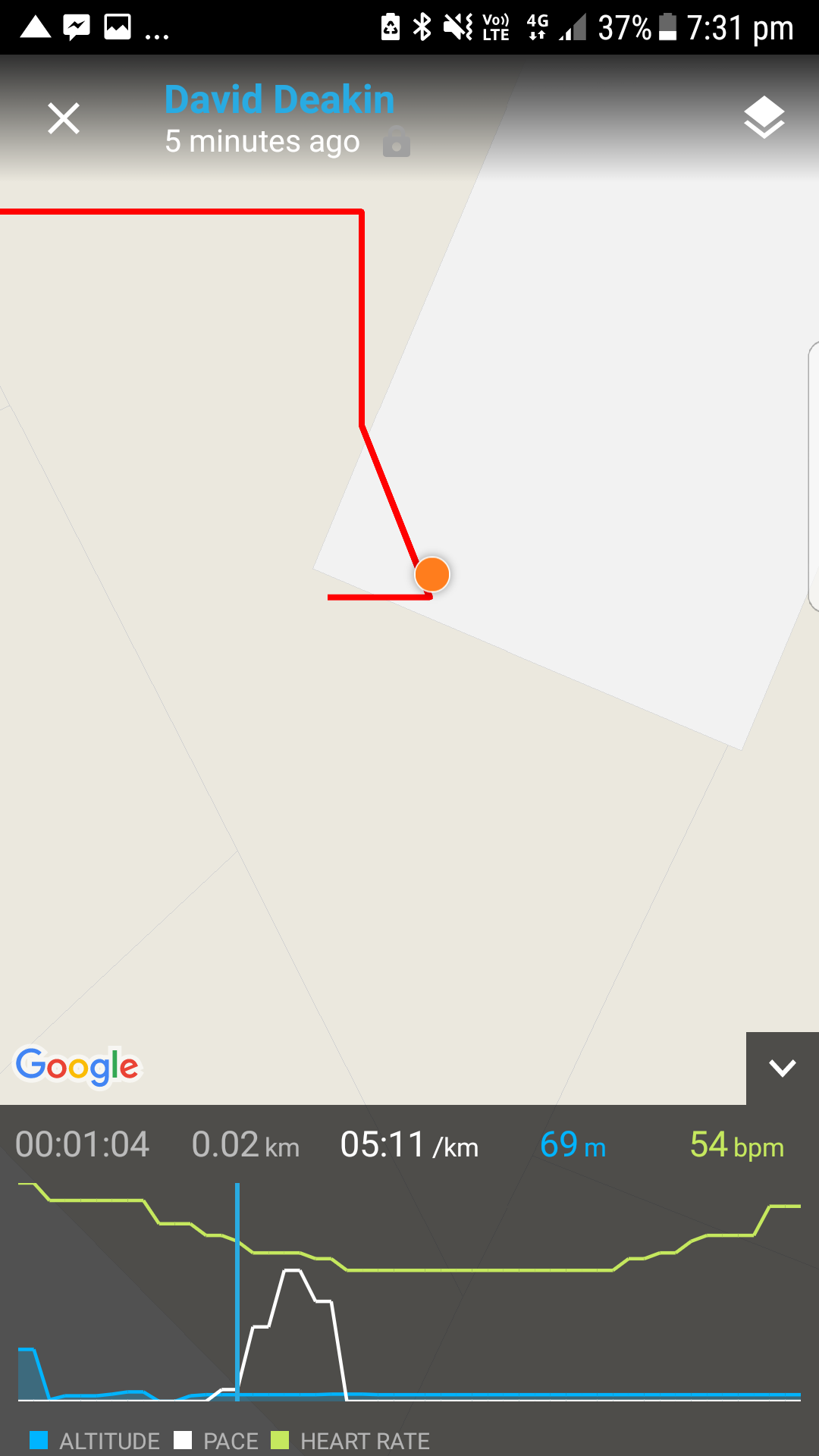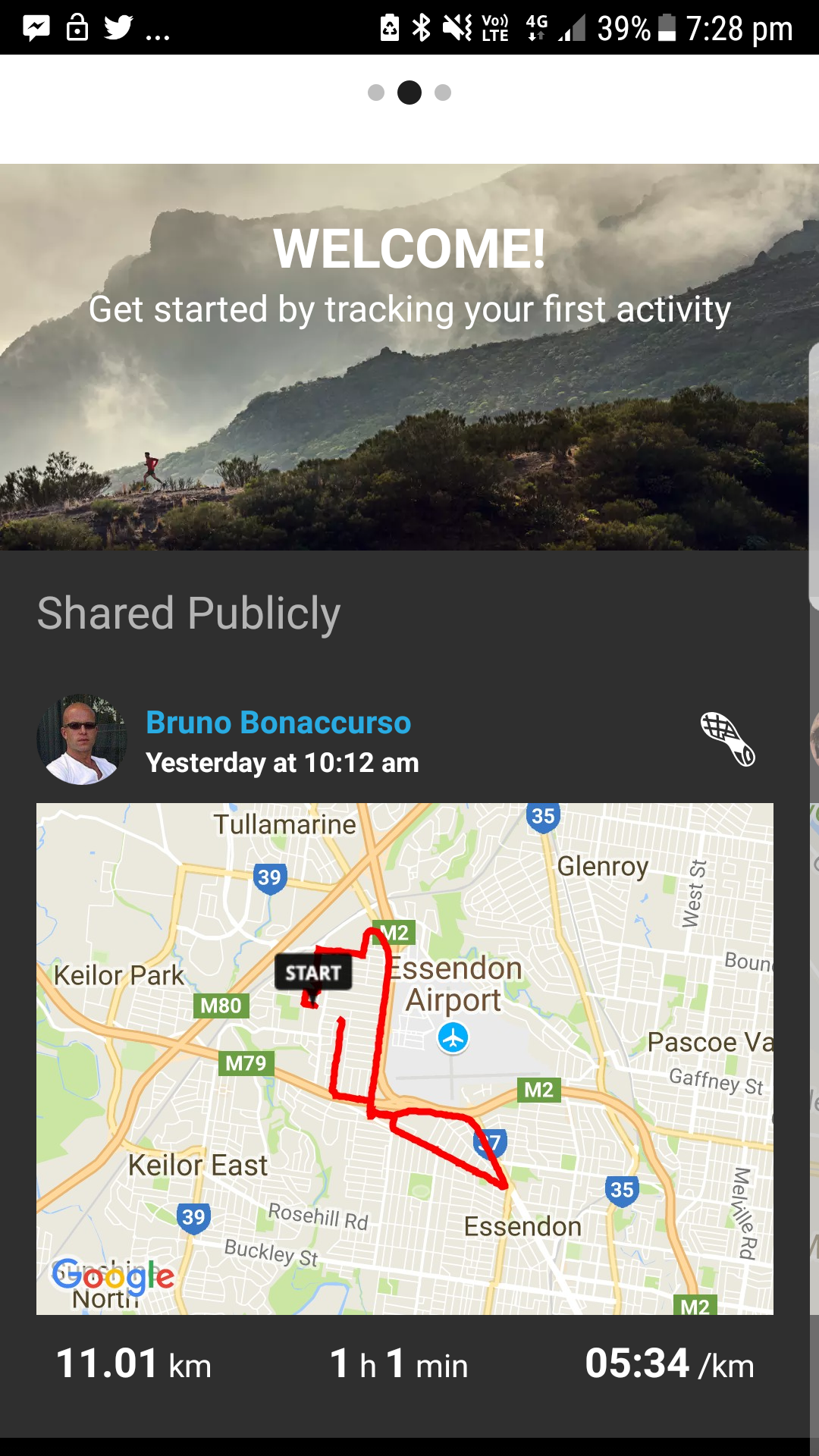The Suunto 3 Fitness is the latest release from Suunto, a brand well known to triathletes. Straight away you can tell by its sleek looks that Suunto wants you to be wearing this watch 24×7, in direct competition with the Apple watch and the latest Garmin. Its looks belay its price, and you will seriously struggle to tell that its a fitness watch at all once on.
To that end, I would say the Suunto 3 Fitness is more of a fitness companion for the fitness and wellness crowd (you know those people in activewear taking up valuable coffee shop spots) instead of a dedicated triathlon watch, and in this area, it does a reasonable job. However, this is a triathlon specific website and content, so I’m going to review the watch from a triathletes perspective.

Top end features
First off the positives. The Suunto has a few surprising top-end features, given the price. The first is it has an integrated heart rate monitor, which for me when compared to my Garmin Fenix 5, was very accurate. During my runs, it seemed to capture my heart rate accurately, within a few beats of my Garmin heart rate strap. It’s a pleasing feature, which means you can go strapInbuiltt of the time.

Battery Life
This is where the Suunto shines. Suunto officially says that the watch will last 30 hours when connected to the phone for GPS and five days with standard health tracking and Bluetooth notifications etc.
My testing showed far better numbers with the watch lasting a good two weeks, packed full of full distance Ironman training. For those that hate charging this watch is a godsend.
Movescount is gone, tell your mates, when you can connect
Suunto took the opportunity to update their rather sparse Movescount platform with a new updated Suunto App. It’s indeed a huge step up and in my opinion visually better than Garmin Connect.
It measures the usual suspects, heart rate, calories etc., but also EPOC – which measures post-exercise oxygen consumption. An interesting stat that is based on the fact that your body uses more oxygen post-exercise than during (for a period of ~48 hours), therefore burns more calories than during the event. I can see this reasonably handy for exercise-induced asthmatics, to help regulate their use of medication.
One feature that I quite enjoyed was the ability to track pace and effort on the Google map of your run, which helps to explain to your coach why your pace dropped up the hills.

Also, you have the option of posting your run’s Strava style within the app. Its a bit kitschy given we all use Strava, but it can help if you’re looking for local running buddies.

One major problem is that I struggled to connect the watch to the App, most of the time. It is an arduous process that I found would only work if I deleted and re-paired the watch – a fiddly workaround for sure. To be fair though, the product is new, and I recall early Garmins having the same problem, so I’m sure it will sort itself out over time.
Peripheral connectivity
I’ve always struggled with Suunto’s decisions around limiting connectivity in their watches, and this is no different. To use an external heart rate monitor or monitor cadence or speed on your bike, you need to buy yourself one of the Suunto Pods.
Now, this is in a similar vein to traditional fitness watches such as Apple or Samsung, however, as a triathlete, this closed system doesn’t cut it. Personally, I have an ANT+ power meter, Bluetooth smart trainer, ANT+ and Bluetooth heart rate monitors, ANT+ bike head units, the list goes on, and I cannot connect any of these peripherals that I use day to day.
Now one can say that most triathletes tend to go overboard on gear, to which I can personally attest, however, all my equipment actually gives me an idea as to how to race and train, and not being able to talk to it is a big no-no to me.
Now the big hairy no-no. No inbuilt GPS
The watch pairs to your phone to leverage the inbuilt GPS of the phone and contains only an accelerometer in the watch. This, in my opinion, is a critical oversight, particularly for triathletes.
The first thing that I noticed was the huge discrepancy between the accelerometer and the GPS. The accelerometer was almost, 1min/km quicker, which had me on an easy run running 4min/km pace. While this is great for my ego, it’s terrible when trying to prepare for a race.
Pairing the watch to my phone didn’t give much better results with a 30-second difference. Given the watch uses my phone’s GPS, you’re always going to get vastly different results when compared to both Suunto’s and Garmin’s higher grade watches.
Secondly, as triathletes, for the most part, were not allowed to race with a phone, which effectively means you need to get a watch for training and one for racing. Inconceivable!
Overall
As I mentioned at the start of this review, the new Suunto 3 Fitness polarised me somewhat. On the one hand, its a pretty solid fitness watch packed full of top end features at an entry-level price.
But as a triathlete, its lack of GPS and dependency on the phone effectively eliminates it use during race day. So, unfortunately, it’s a big thumbs down from me. Save your pennies and get a Suunto Spartan, or even better choice a Garmin 935XT.








